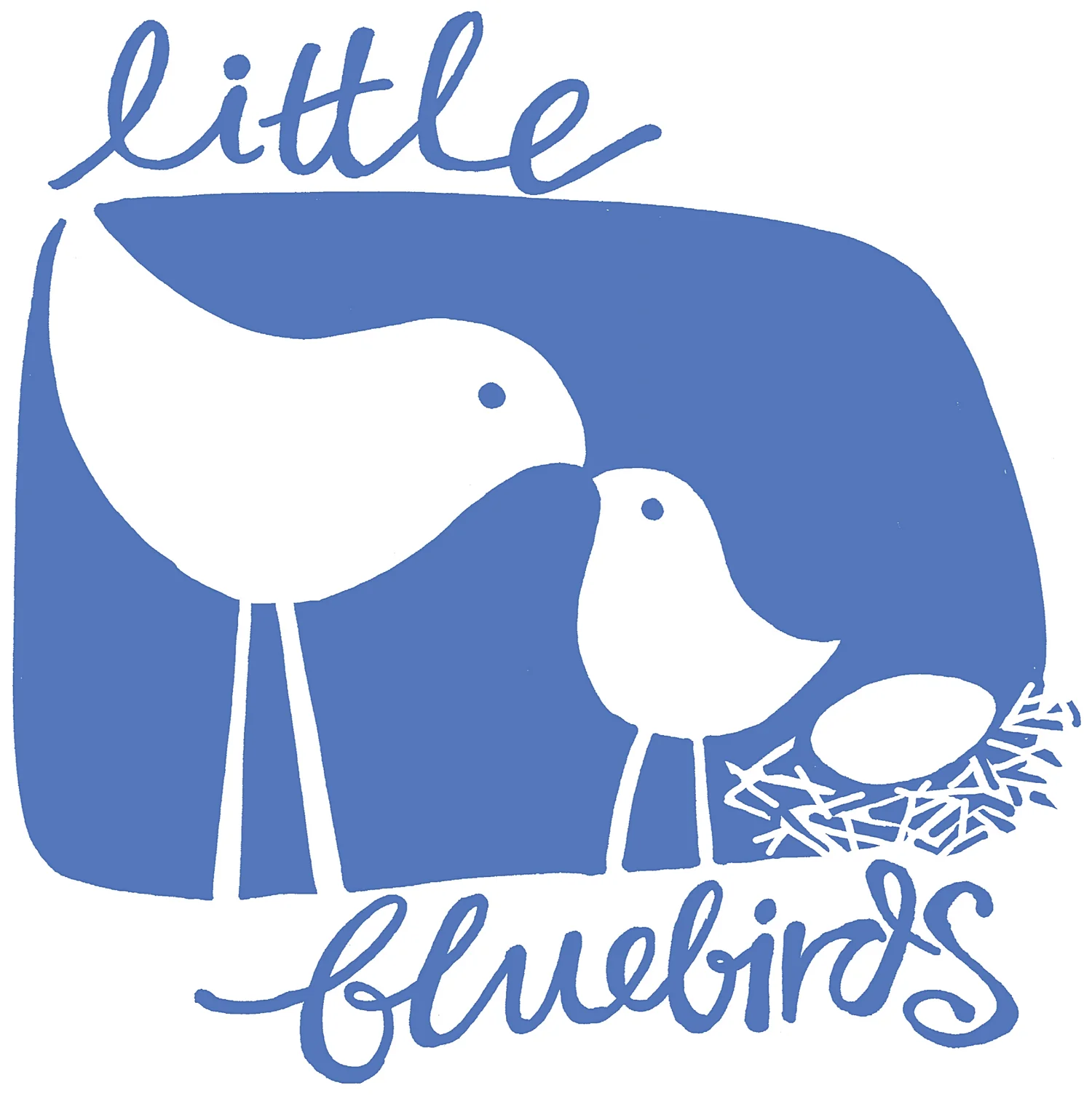Art starts with a scribble
I love kids’ drawings, and there are lots of great reasons to give your child the opportunity and space to create them. Drawing helps your child develop both fine and gross motor skills, builds their hand-eye coordination and makes their little fingers stronger and more agile.
It’s generally recognized that children progress through certain stages of development in their art making. The following is a brief summary of the stages of pre-school drawing.
Rather than try too much to guide or push your child’s drawings it is healthy to encourage and celebrate their images. It's lovely to value your child’s art for the innate charm it possesses. When you can take the time to look at their drawings through a developmental context, you'll see their drawings are reflecting how they are experiencing the world.
The scribbles
It’s such a shame that the word 'scribble' has negative connotations for adults – scribbling is actually a fundamental part of any child’s development.
Art begins with scribbling, and this stage should be fun and free. Early scribbles are usually random, created as children simply enjoy the sensation of moving their arms, playing with art materials and exploring a surface (hopefully it’s paper and not the wall!).
Gradually scribbles become more controlled as the child learns to hold a crayon or pencil. Eventually they’ll determine whether they are left or right-handed and be able to guide the marks they make.
Later your young artist will choose to name some of their scribbles. They may point to an ‘object’ found in the scribble, and (while you may not see it) it’s great to talk about what they have made. It’s best not to label the unknown so try saying things such as: “Tell me about your picture”, “What a gorgeous blue you’ve used”, “Look the way your hand moves around the paper”, “Your drawing makes me feel so happy”.
The figure emerges
Later on children’s drawings become more controlled, and although they’re still usually unrealistic children may enjoy inventing their own symbols and use them playfully throughout their drawings. They begin making and repeating particular forms on their page, such as round or enclosed shapes. These marks later become the foundations of letters.
Children begin to make choices about using their favourite colours though they’re not too bothered about attaching realistic colours to things. It’s always good to use the names and shades of colours when you chat.
Eventually figures emerge from the shapes, and children begin to draw very simple people with just a few features (they may look a bit like tadpoles). Initially they tend to make circular figures with few or no differentiating parts (such as a head or limbs). I like to think of this stage as your child’s way of describing the important parts of their important people – e.g. a parent’s loving face and cosy arms.
Gradually people are drawn with a very large heads on small bodies without trunks, and with arms extending from the side of their faces.
As they continue to draw and experiment, pre-schoolers develop their skills of observation and problem solving. Use their drawings as conversation starters. For example, if your child says, “This is Billy,” ask questions like “Did you play with Billy at playgroup? Does Billy like the sandpit too?”
Drawing to describing their world
Gradually drawings become more complex as children create images to describe their world. Objects included in drawings which once seemed to float in space gradually become anchored to the ground.
Eventually the child draws a complete person with head, and limbs attached to a trunk. This aligns with their increased skills of observing the world, and an awareness of their own body. They often create stories to go along with their drawings and may love to tell you all about what they have made.
The world expands...
And then, in what seems like the blink of an eye, they’re off to kindergarten, then school, and bombarded with myriad of messages about what to draw and how to draw it. As they age children often become self-conscious and self-critical, and sometimes they may lose some of that sparky spontaneity they had as a young artist at home.
So, while they are still at home help them to enjoy drawing as a special, safe and fun activity that you can do together. Always have a pile of paper ready to go, along with some crayons, pastels, pencils or textas in order to catch those ‘scribbles’ and ‘tadpoles’ - and be sure celebrate your child’s very unique and special creativity.







